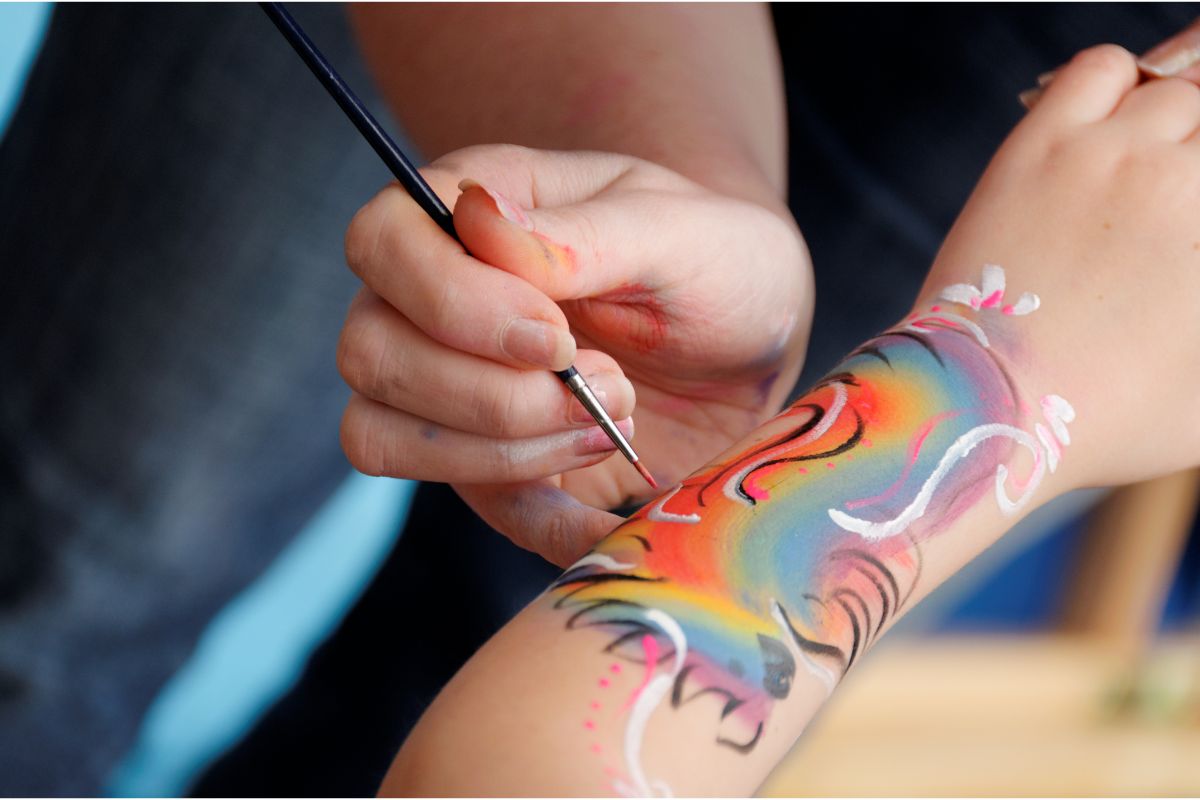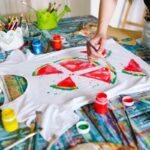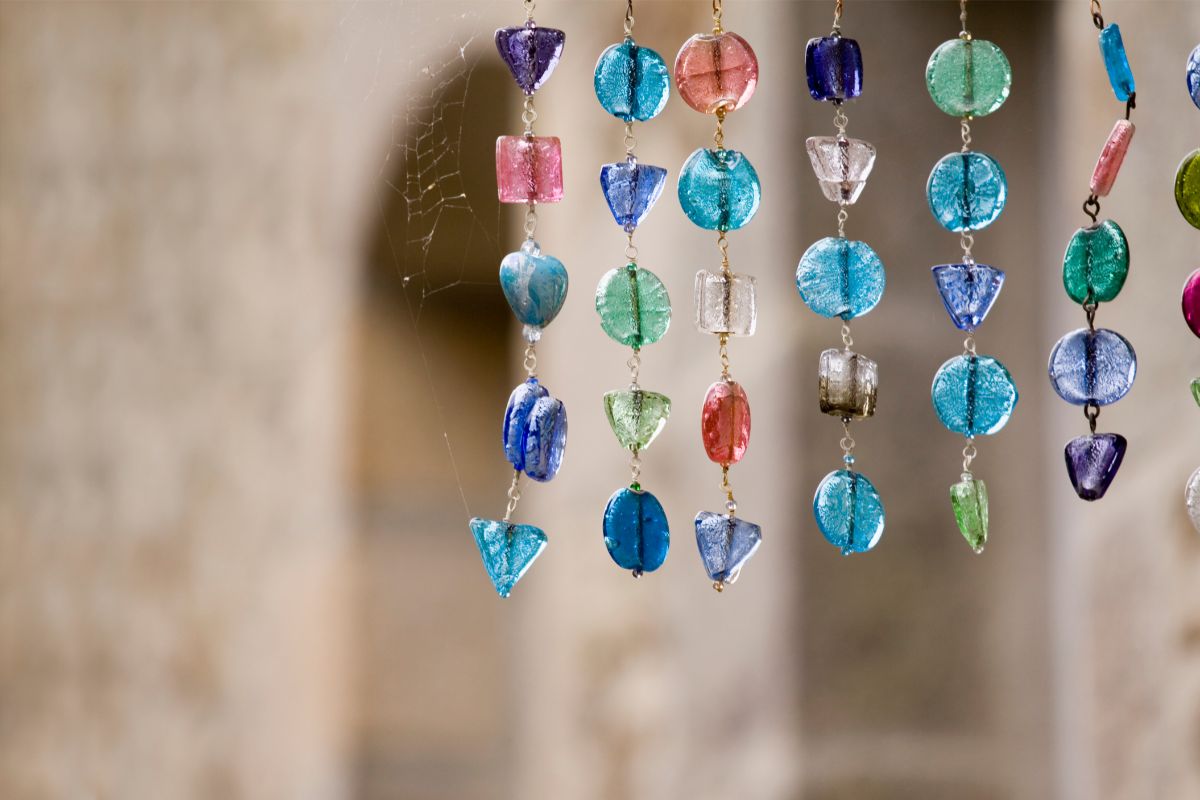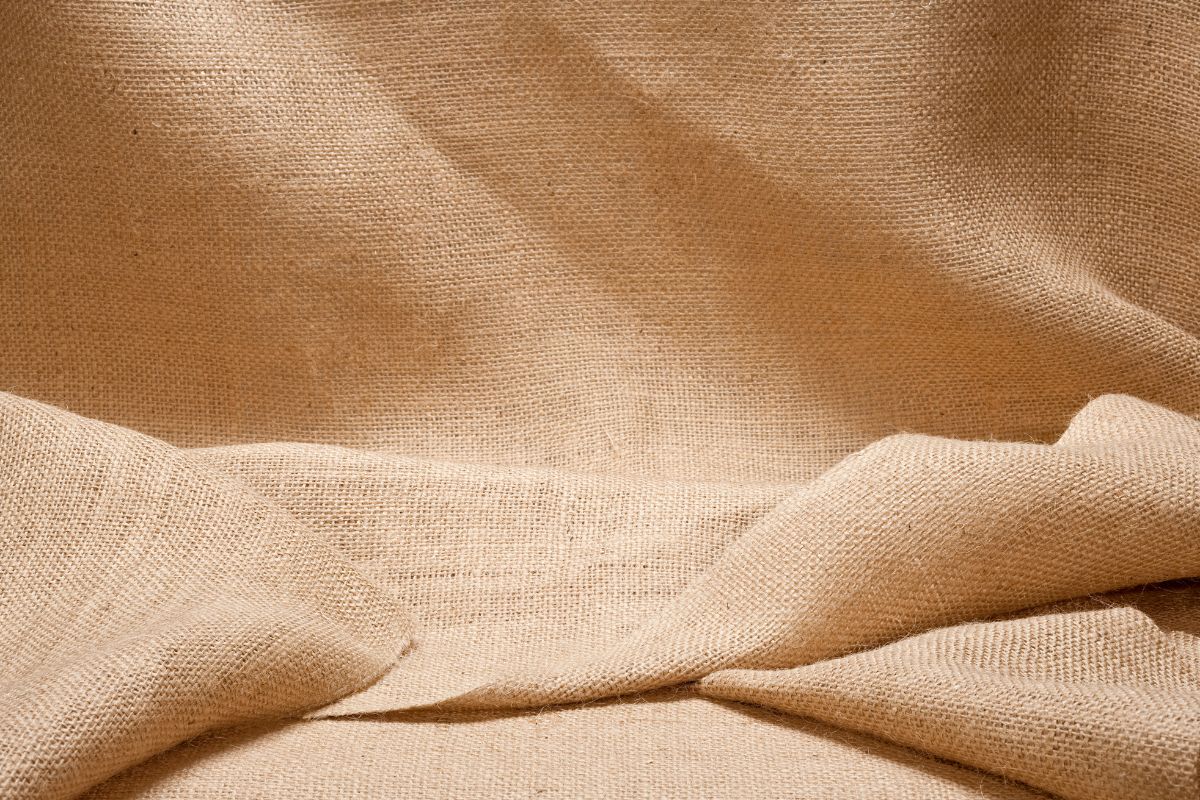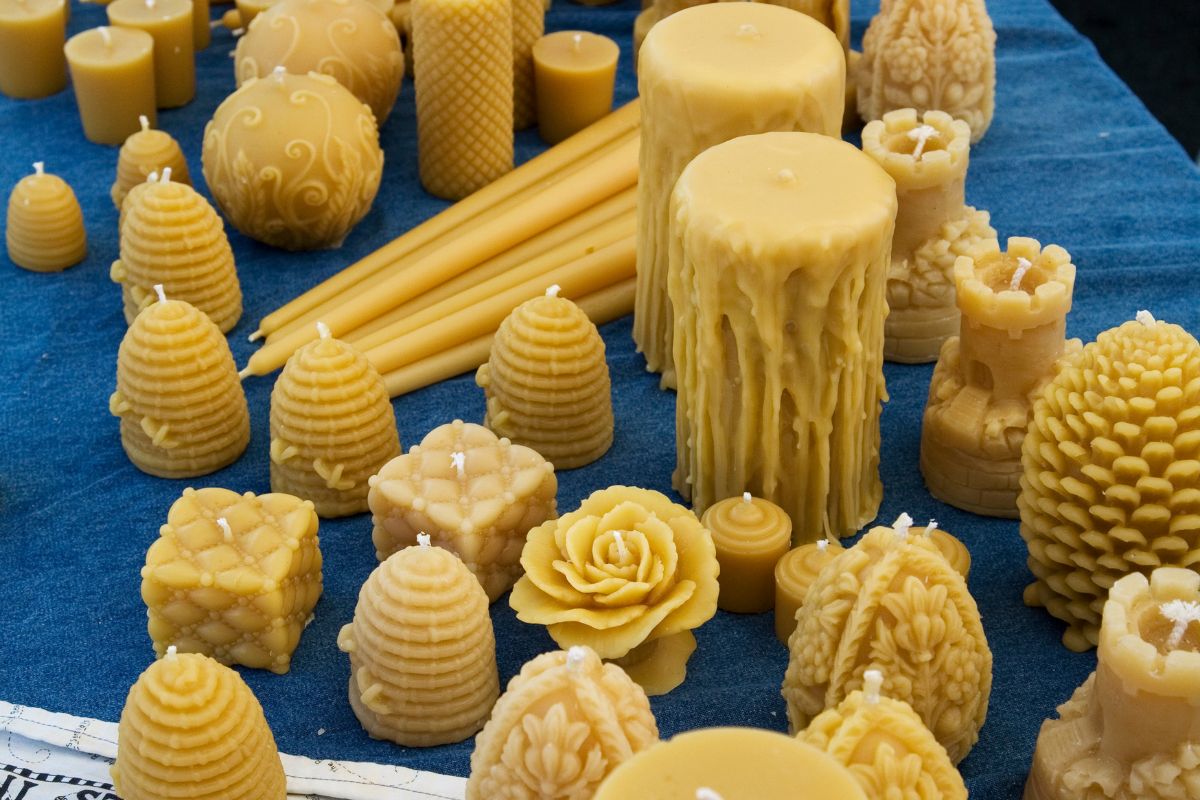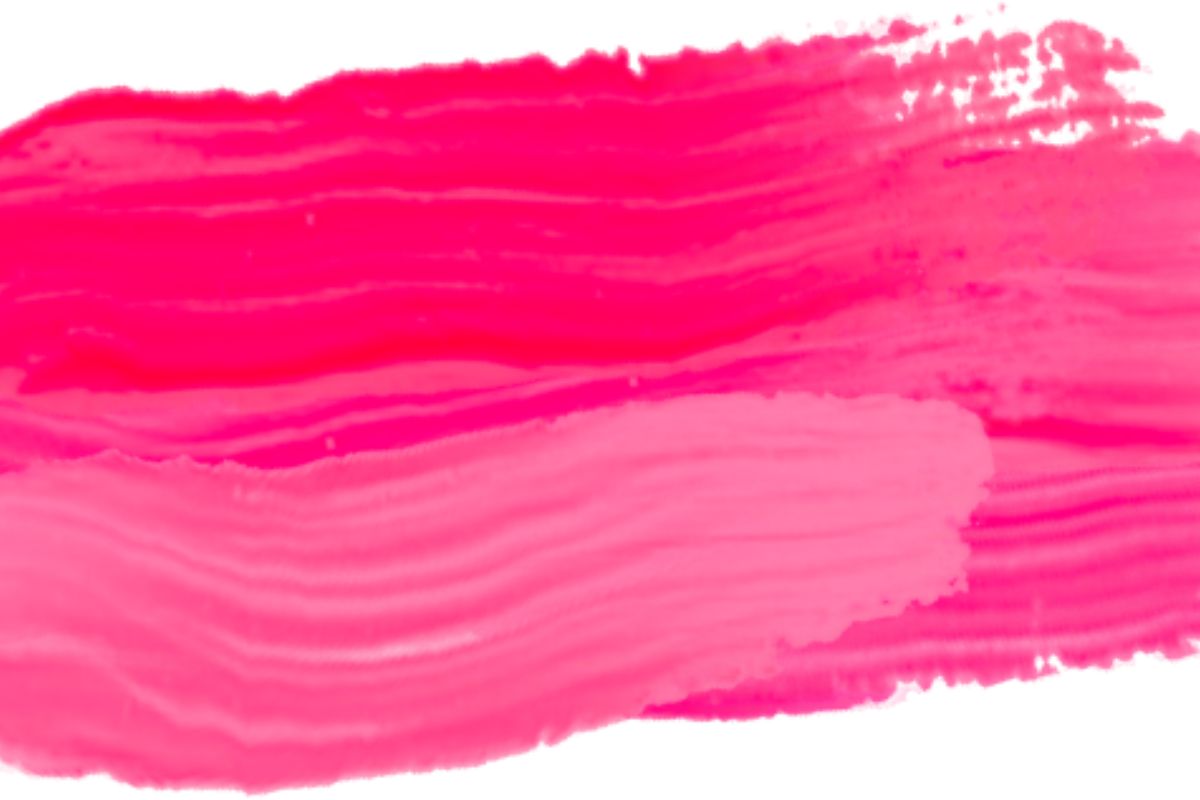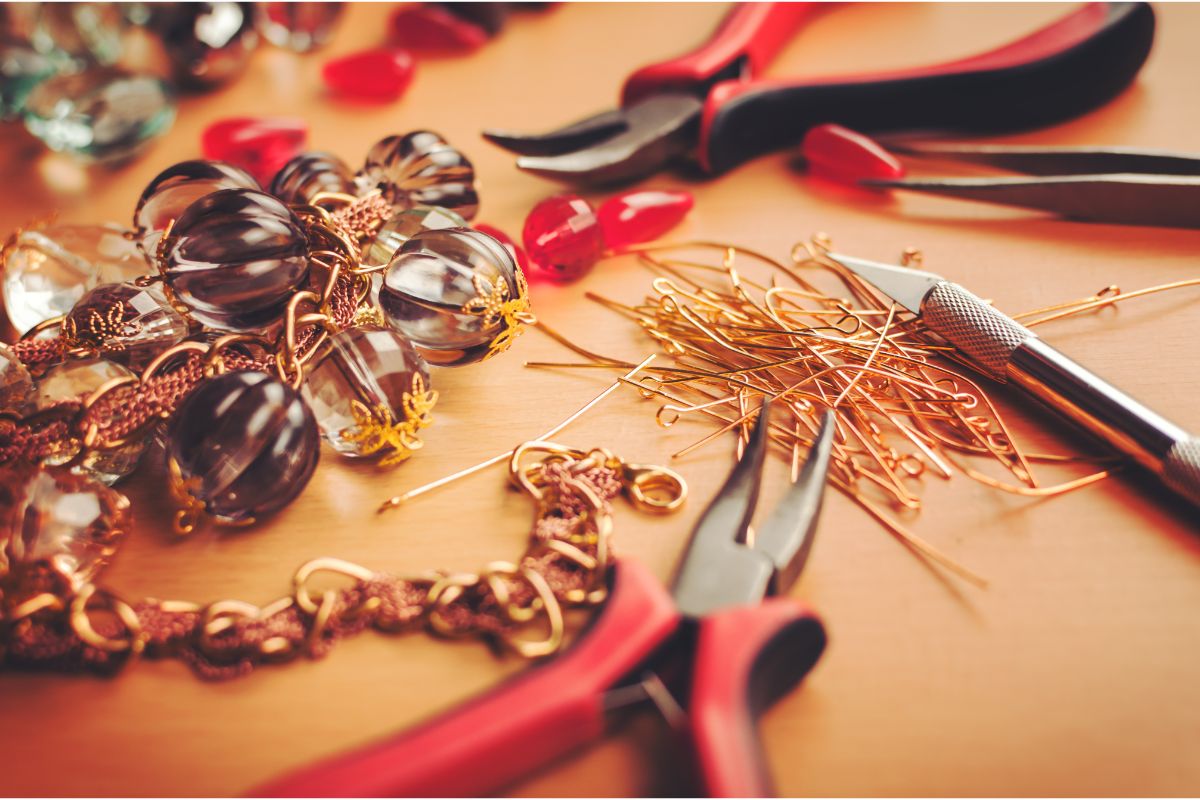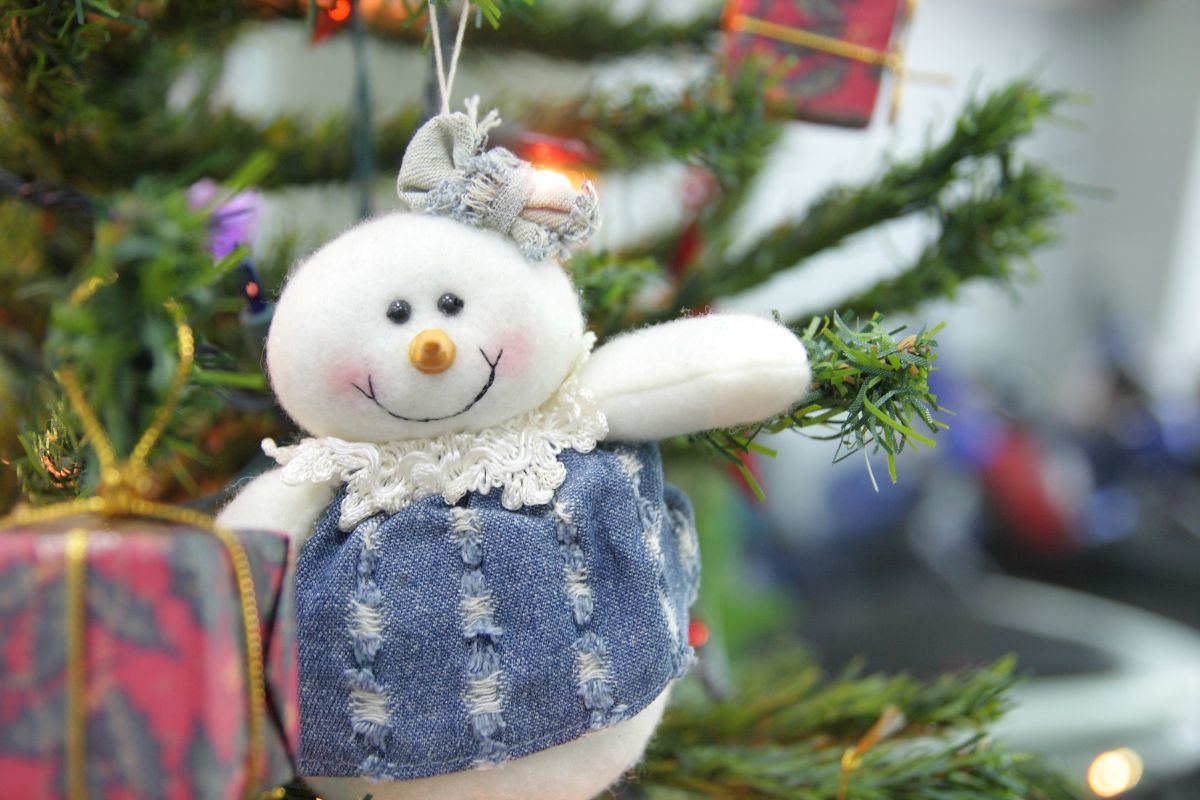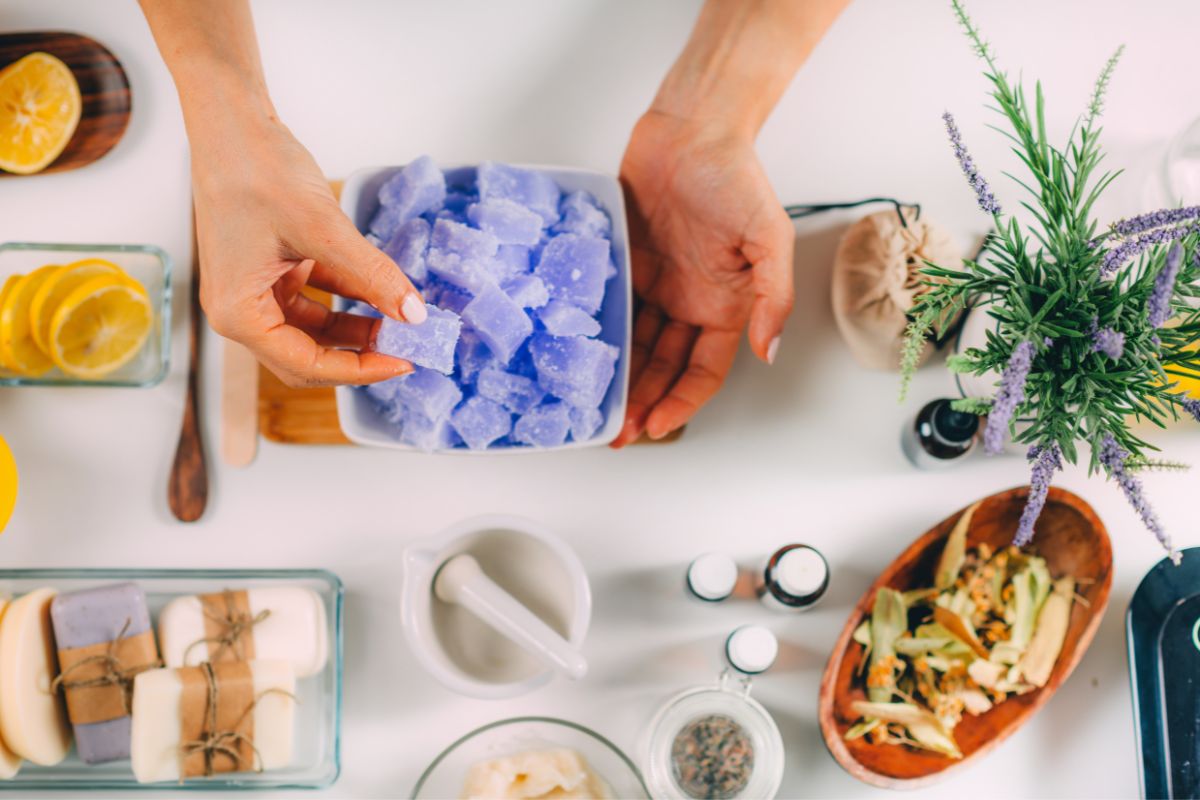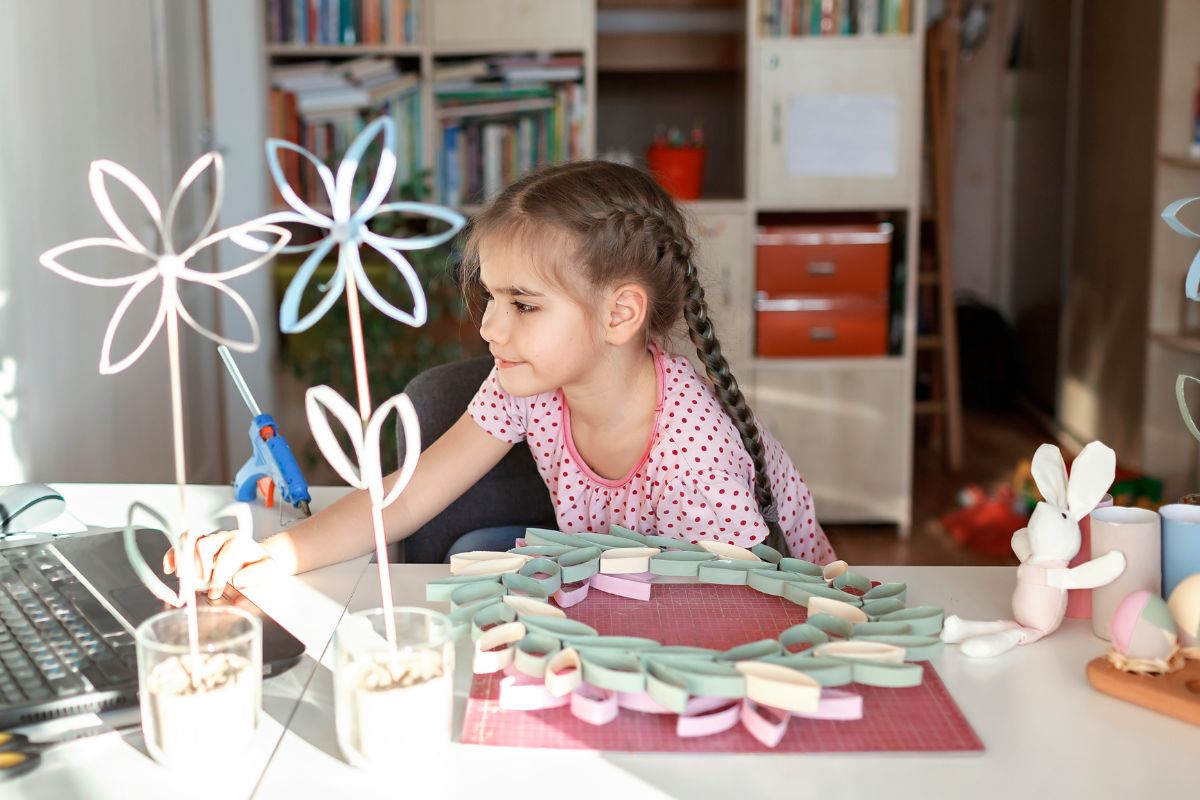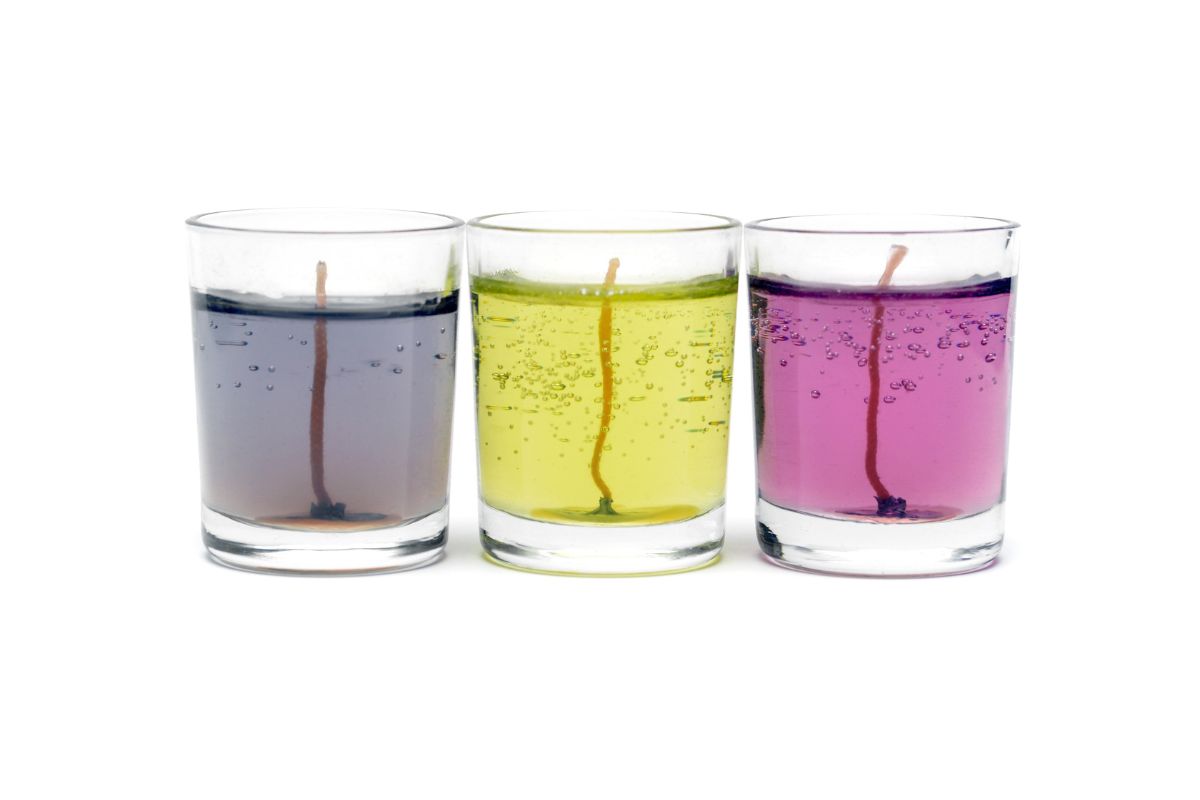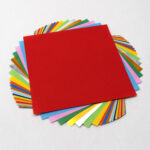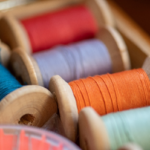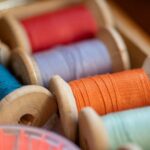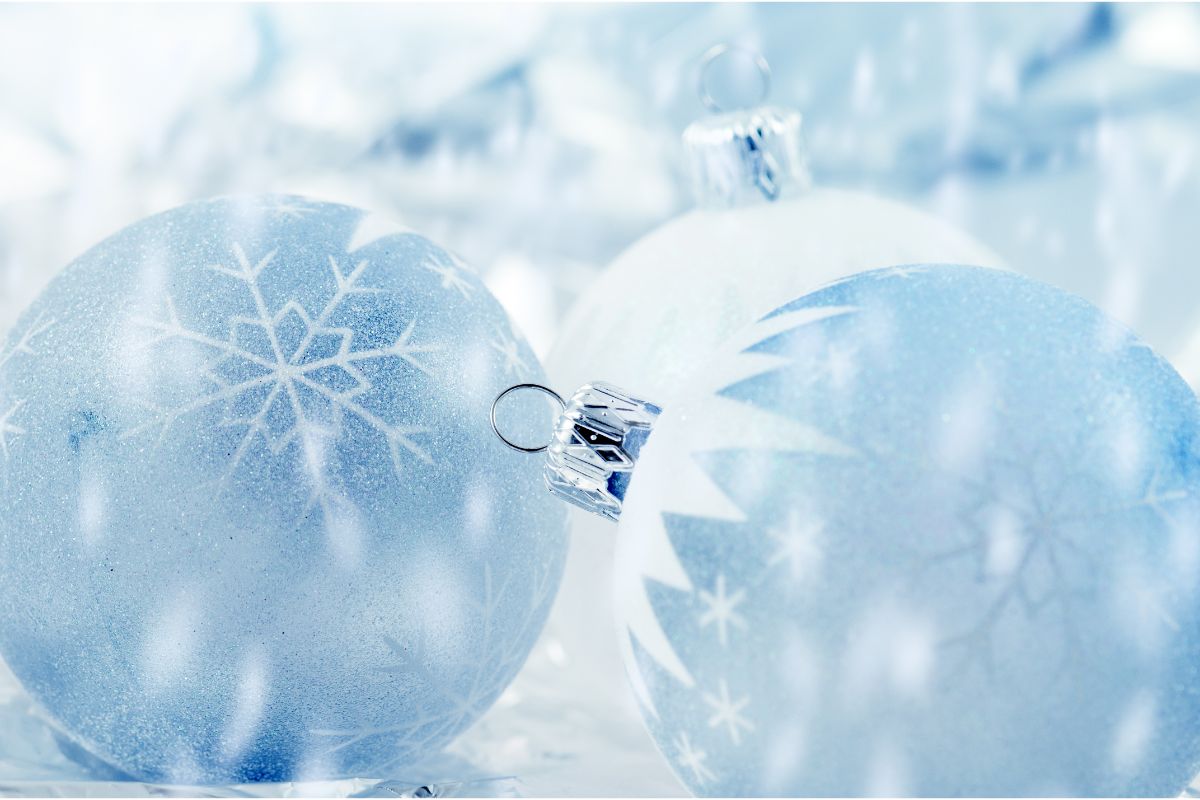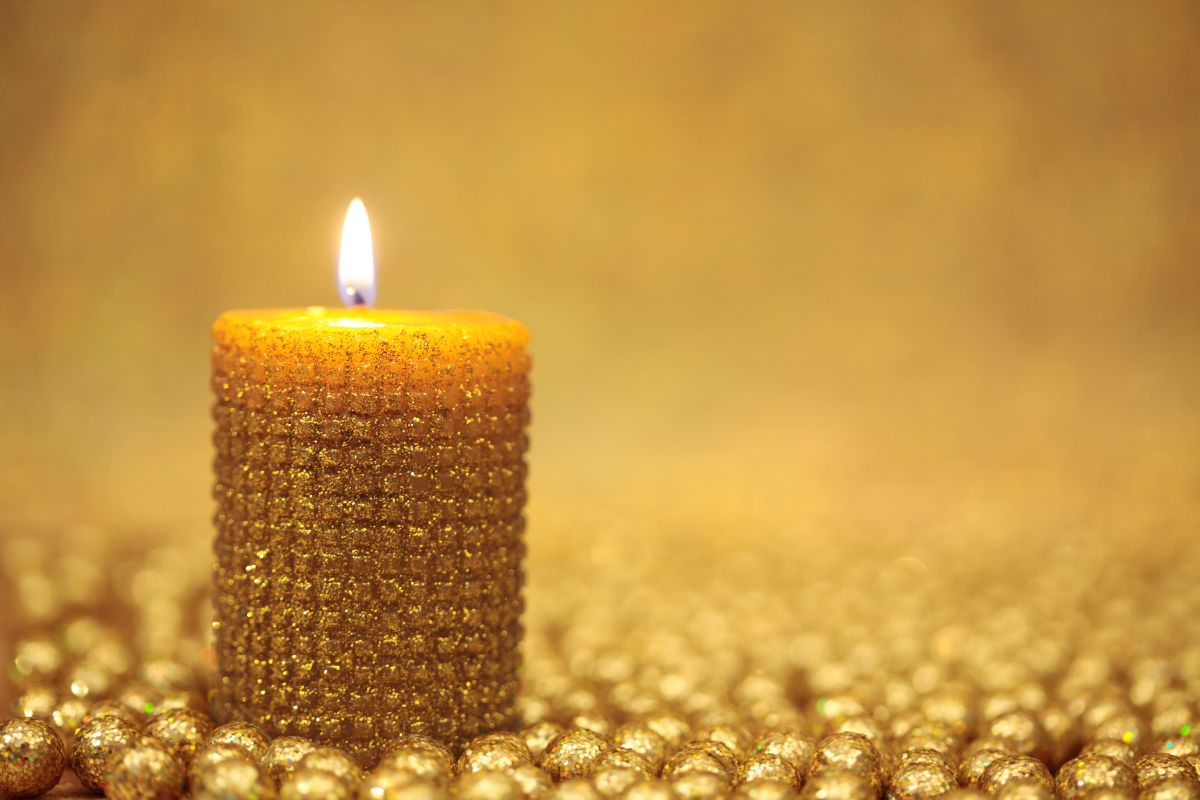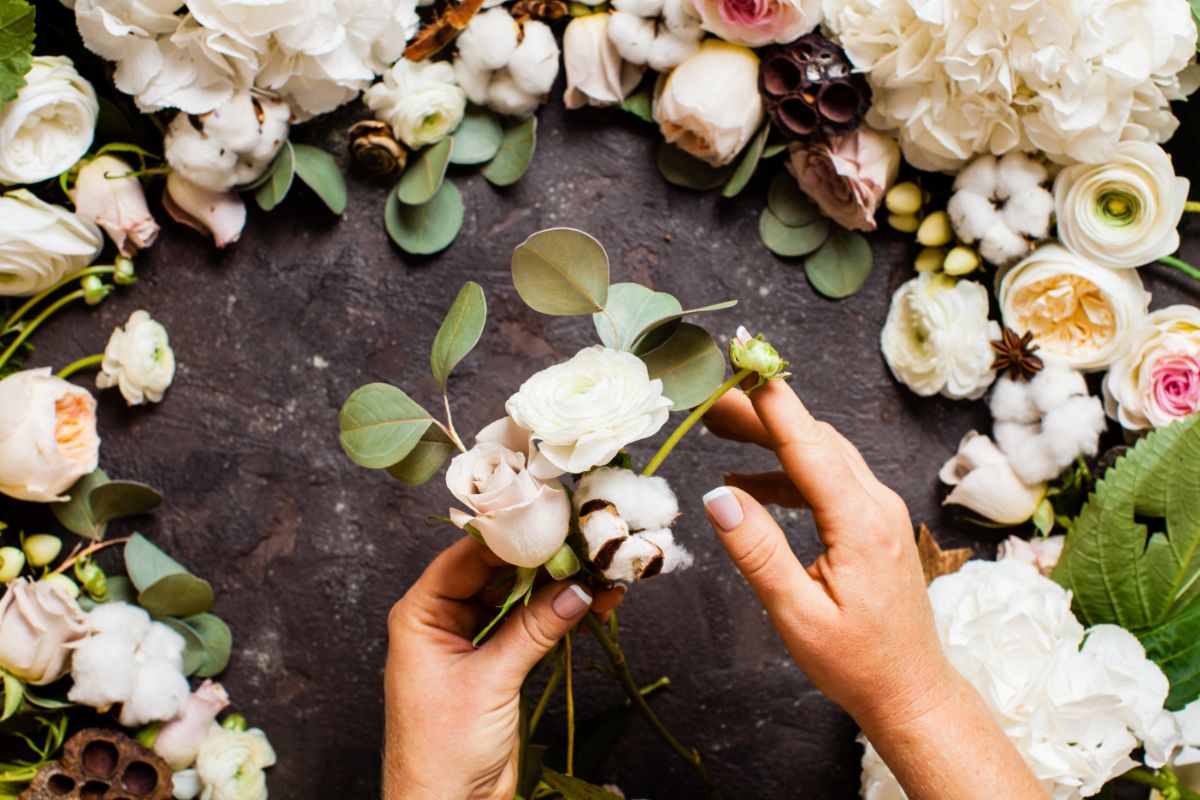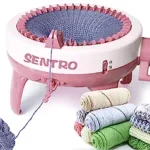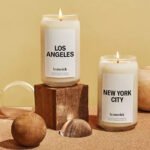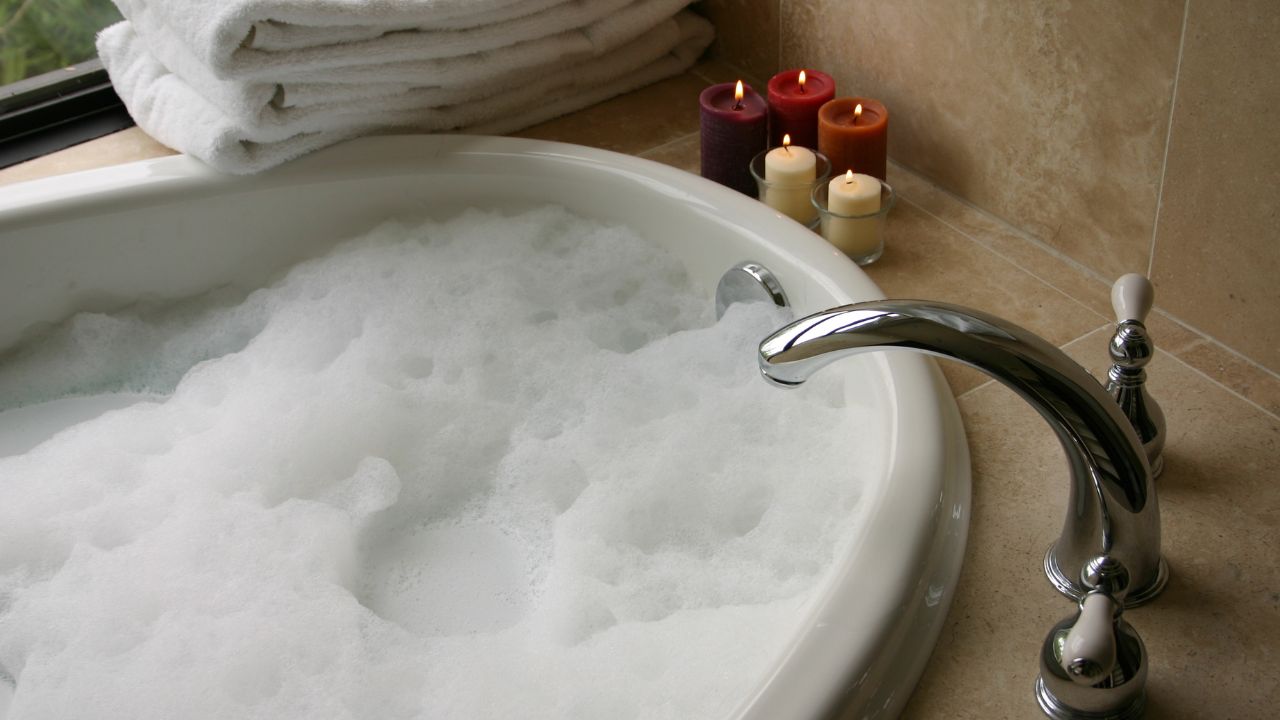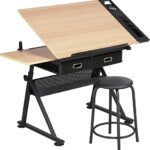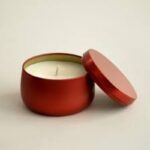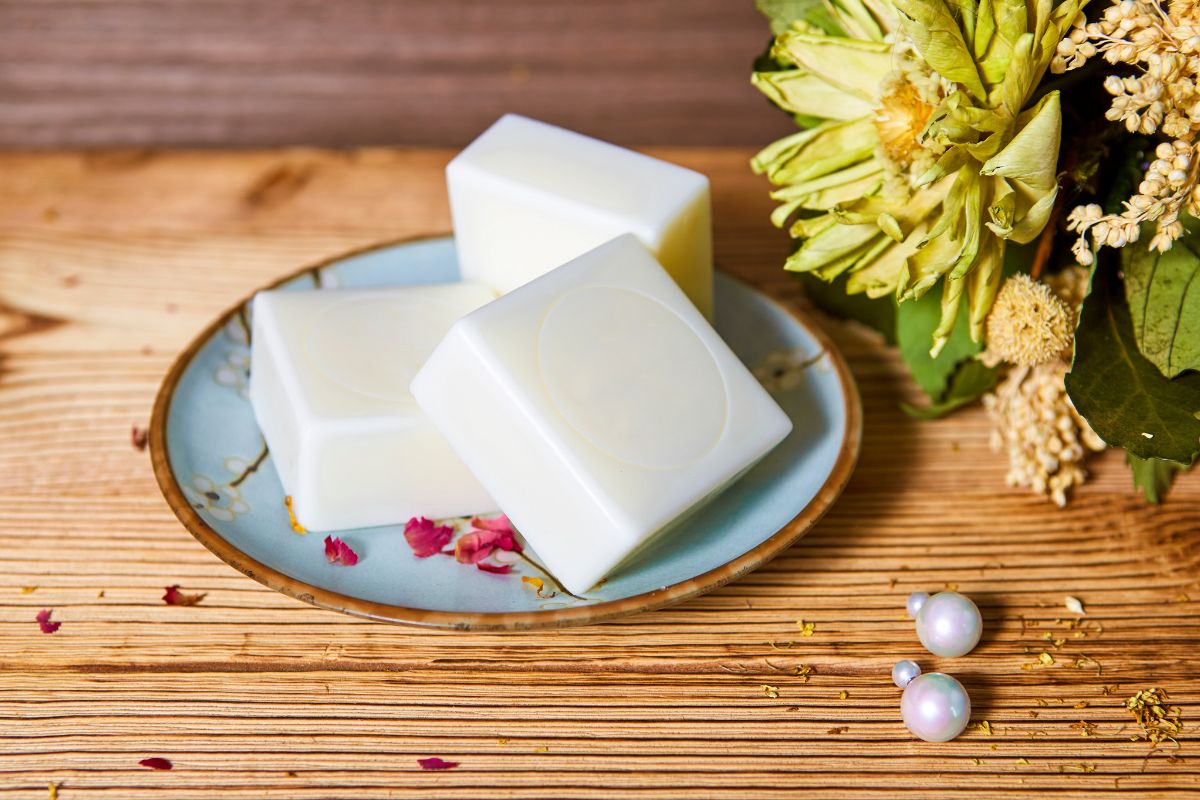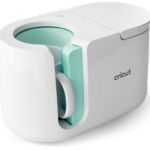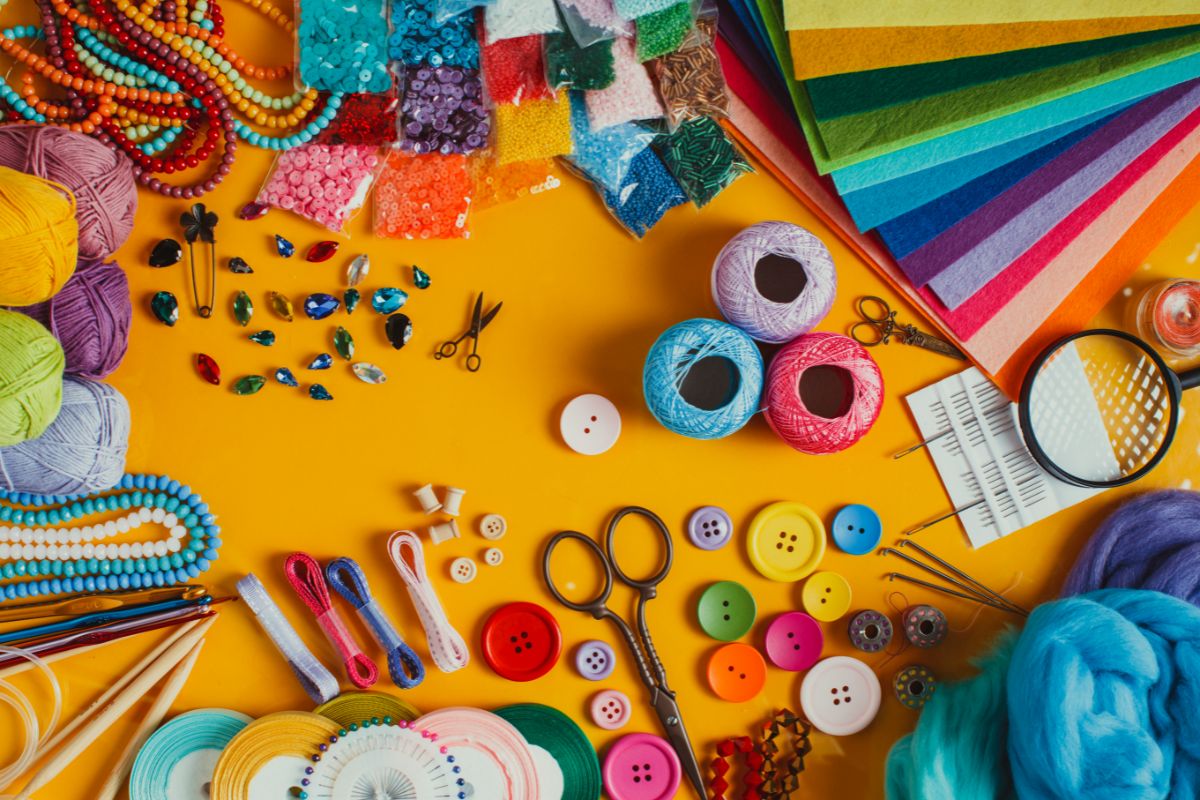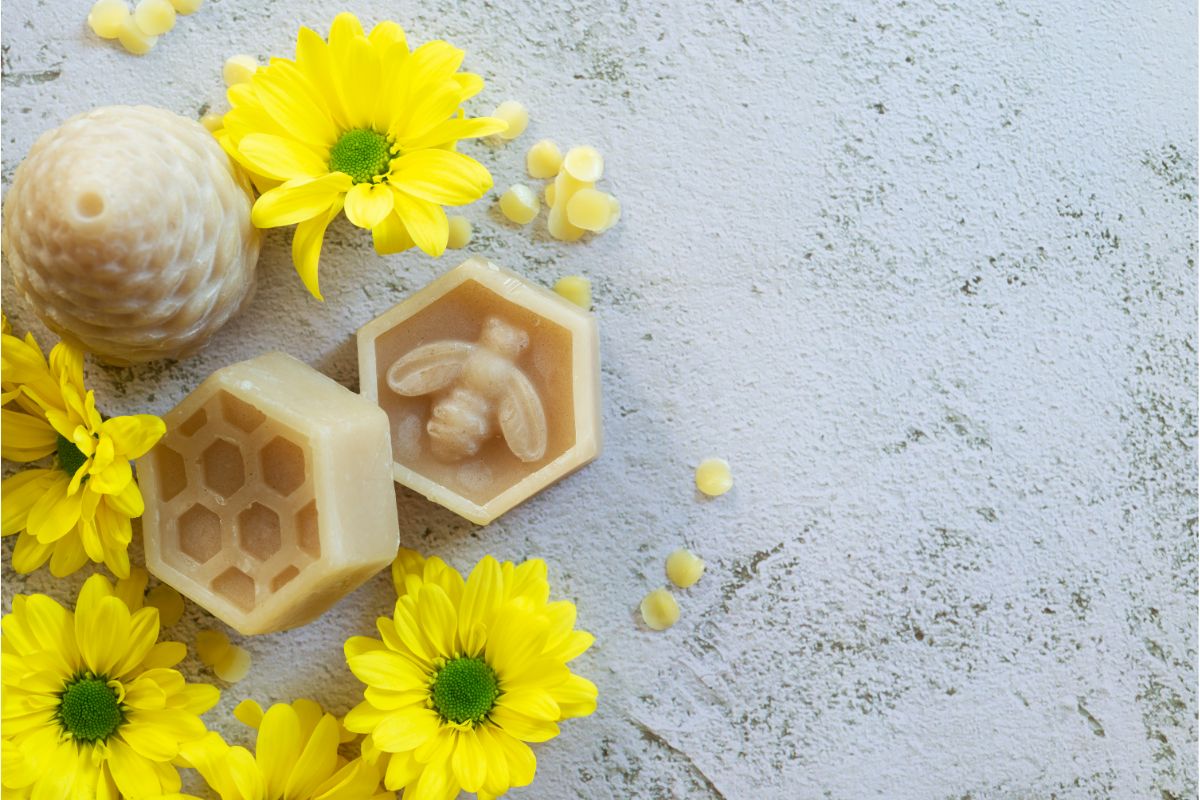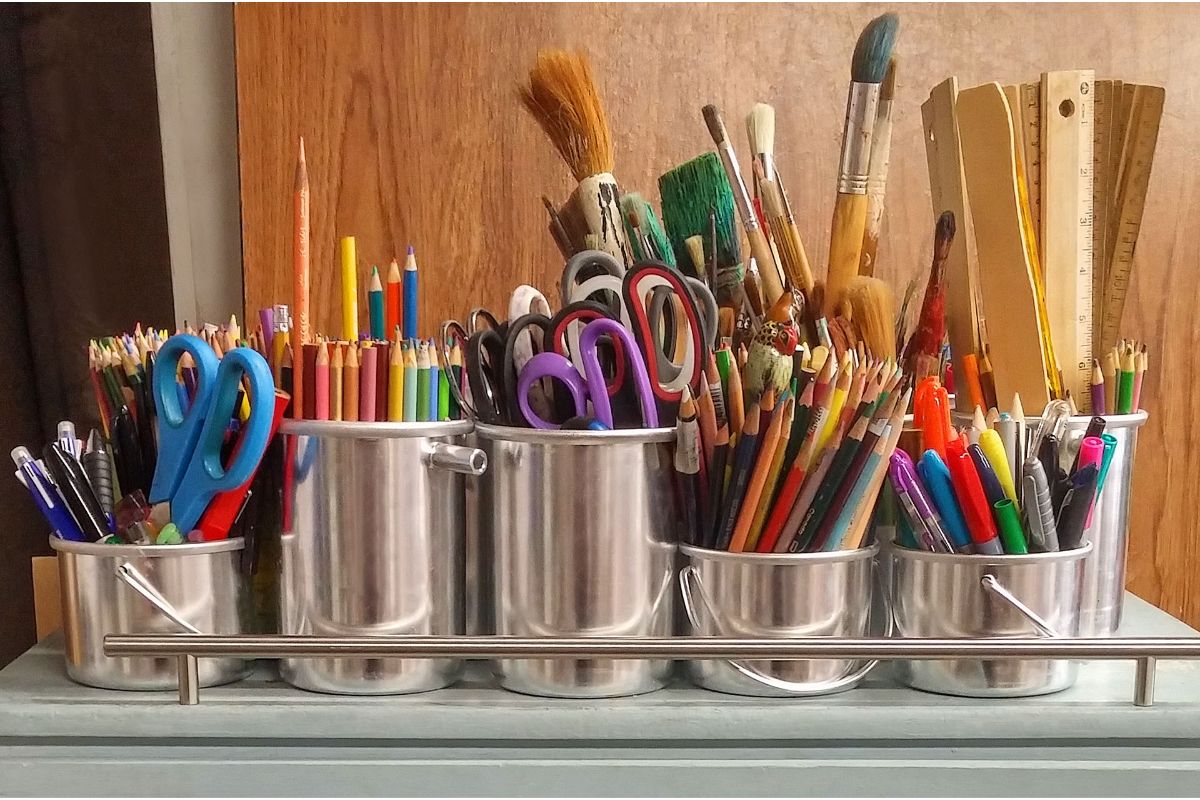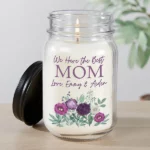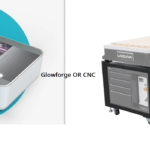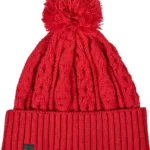In our day-to-day life and activities, plastic has several uses, some of which may surprise you. The more you look around you, the more plastic you will see.
From bottles to furniture, to even some of the fiber used to make your clothes, plastic can be found everywhere.
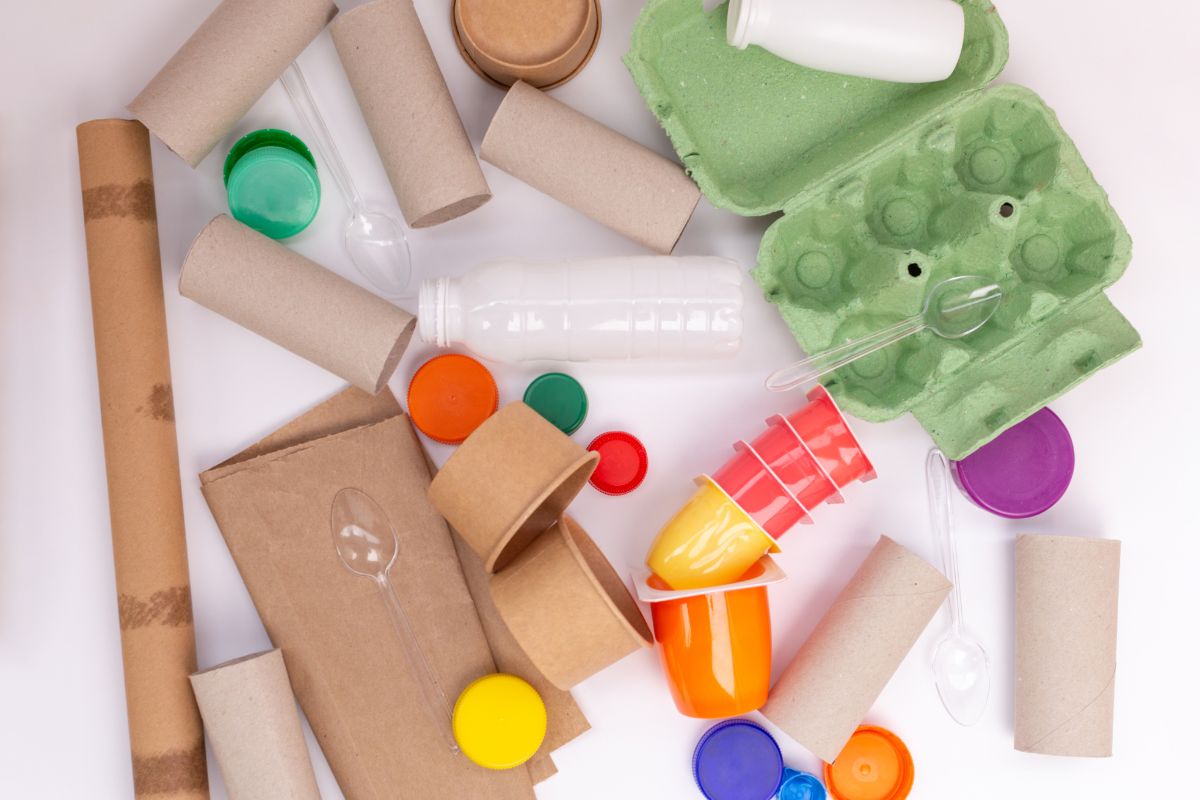
If you do any sort of crafting, you have probably used some plastic or plastic products. Using plastic in your crafts is a great way to recycle, as you can use old plastic items using as bottles or yogurt pots to create something new.
If you want to make a craft entirely out of plastic though, you may need to buy this material in bulk to ensure that you have enough for your project. So the question is, what type of plastic should you buy
If you have never worked with plastic before, you may not know that there are many types of plastic out there. Some plastic is fine to use in crafts, as they will not cause any harm to your body or skin. Others, however, are not safe to use.
So which plastic should you use in your crafts? Keep reading to find out.
Polypropylene
Polypropylene is the safest plastic you can use in crafting. This is a form of plastic that is softer and more flexible than other types of plastic, and it is also regarded to be safer than other forms of plastic.
Polypropylene is one of the most prevalent forms of plastic, and you can find it in many goods that we use daily. You can find this plastic in:
- Plastic straws
- Yogurt cups
- Craft projects
- Condiment bottles like ketchup and mustard bottles
- Medicine bottles
- Plastic syrup bottles
- Water bottles that look cloudy
According to the findings of some studies, plastic utensils, bottles, and storage containers all contain chemicals that have the potential to leach into food in the event that the plastic is broken or heated.
In comparison to the other polymers, polypropylene has a significantly lower degree of toxicity. This is due to the absence of bisphenol A, which is more commonly referred to as BPA.
BPA
There is a possibility that more rigid polymers, as opposed to plastics like polypropylene, may contain BPA, which is a synthetic estrogen. If you have used plastic in crafts before, or are failing with plastics in general, you have probably come across BPA.
Many people think that BPA is safe because it is used in a lot of products. These include:
- Food containers and boxes
- Dental tools and sealants
- Many disposable water bottles
- Receipts
Unfortunately, BPA is actually a toxic plastic, despite being used in manufacturing for many everyday items.
Products that are made of plastic will frequently have numbers written on them to denote the type of recyclable material they are.
When you see the numbers two, four, or five on a recycling sign, it usually indicates that the item may be utilized without posing a risk to anyone’s health.
Polypropylene is marked by a number 5, meaning that it is safe to use and handle with no real risk to your health.
BPA is indicated with a number 7, so you can easily identify when a product has this plastic in it. Plastics labeled with the number seven will have the abbreviation PLA or a leaf symbol imprinted on them if they do not contain any BPA.
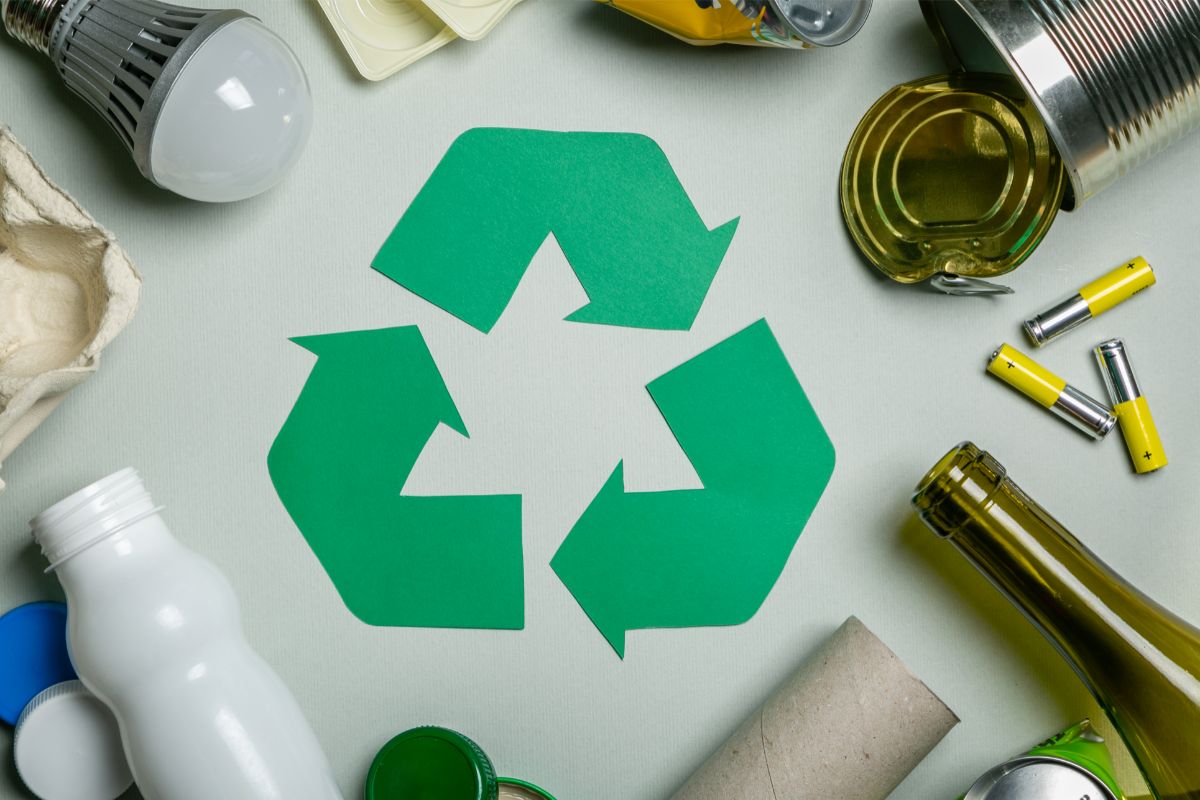
Pros And Cons Of Using Polypropylene
Pros
While the dangers of BPA to human health have been established, the risks posed by the majority of other chemicals to human health remain mostly unknown.
However, we know that polymers that are composed of polypropylene are an excellent alternative to polymers that are made of plastics that contain BPA.
Using Polypropylene plastic in your crafts is certainly the best option if plastic is the primary material you use in your projects.
Cons
The toxicity of polypropylene was one of the chemicals that was investigated alongside the toxicity of many other types of plastic in recent studies.
The majority of studies reported to be made of plastic were found to include chemical components that could not be recognized, which is a bit worrying as it means that you are never sure what you are really getting in your plastic products.
While polypropylene itself is not toxic so safe to use in your crafts, what you have to be nervous about is the use of chemicals called phthalates. These chemicals are sometimes used to soften plastics.
This can either make the material more flexible or alter its structure in such a way that it can be put to a wider range of uses.
To keep yourself safe from these chemicals, you need to try and buy plastic products that have not been treated this way. If you have bought craft products that have been exposed to this chemical, then you need to make sure that you avoid doing the following:
- Inhaling – this chemical might be used in solvents, such as glue or spray pint, two very popular arts and crafts materials. When using these, you must wear a mask.
- Touch – if you have plastic bottles that store crafting materials like paints, then the chemical can be absorbed by the contents of the bottle. If this then gets on your hand, the chemicals can be absorbed into your skin, potentially causing a reaction.
Summary
Crafting is a fun activity enjoyed by many people. If you craft using mainly plastic materials, then you need to make sure that you are using plastic that is safe for your body. This means that you should use polypropylene plastics.
This plastic is the most non-toxic form of plastic that you can get, and while you will have to take some extra precautions if it has been treated with phthalates chemicals, it is still the safest form of plastic to use overall.
- Cricut Hat Press: A Comprehensive Guide on Usage - August 13, 2023
- Unlocking Creativity with the Cricut Joy: A Comprehensive Guide - August 12, 2023
- The Ultimate Guide to the Cricut Maker Bundle - August 11, 2023


